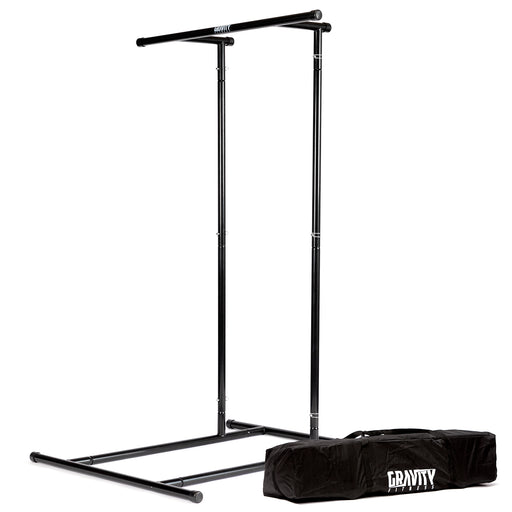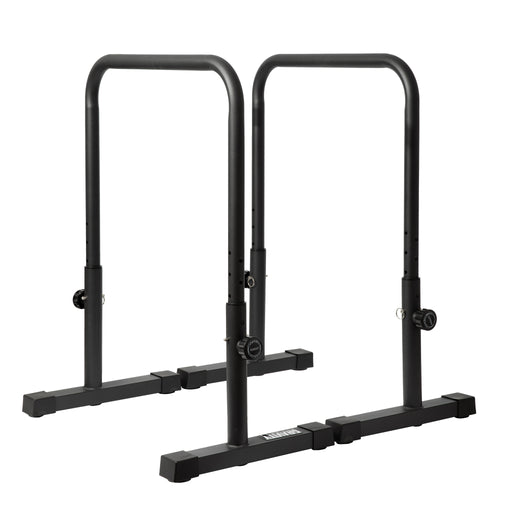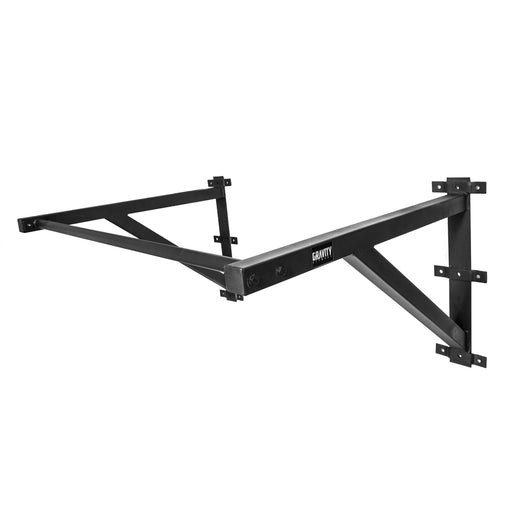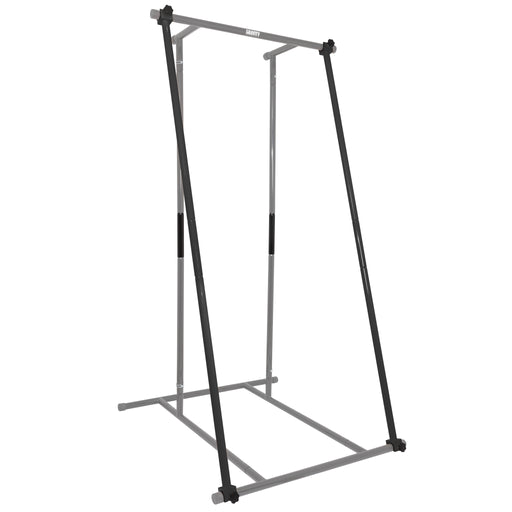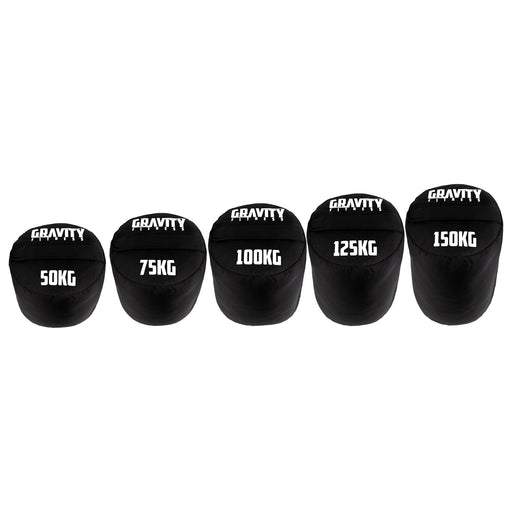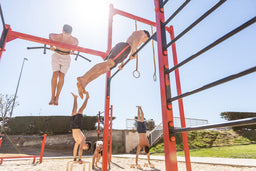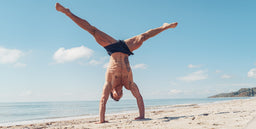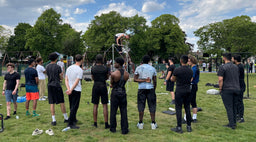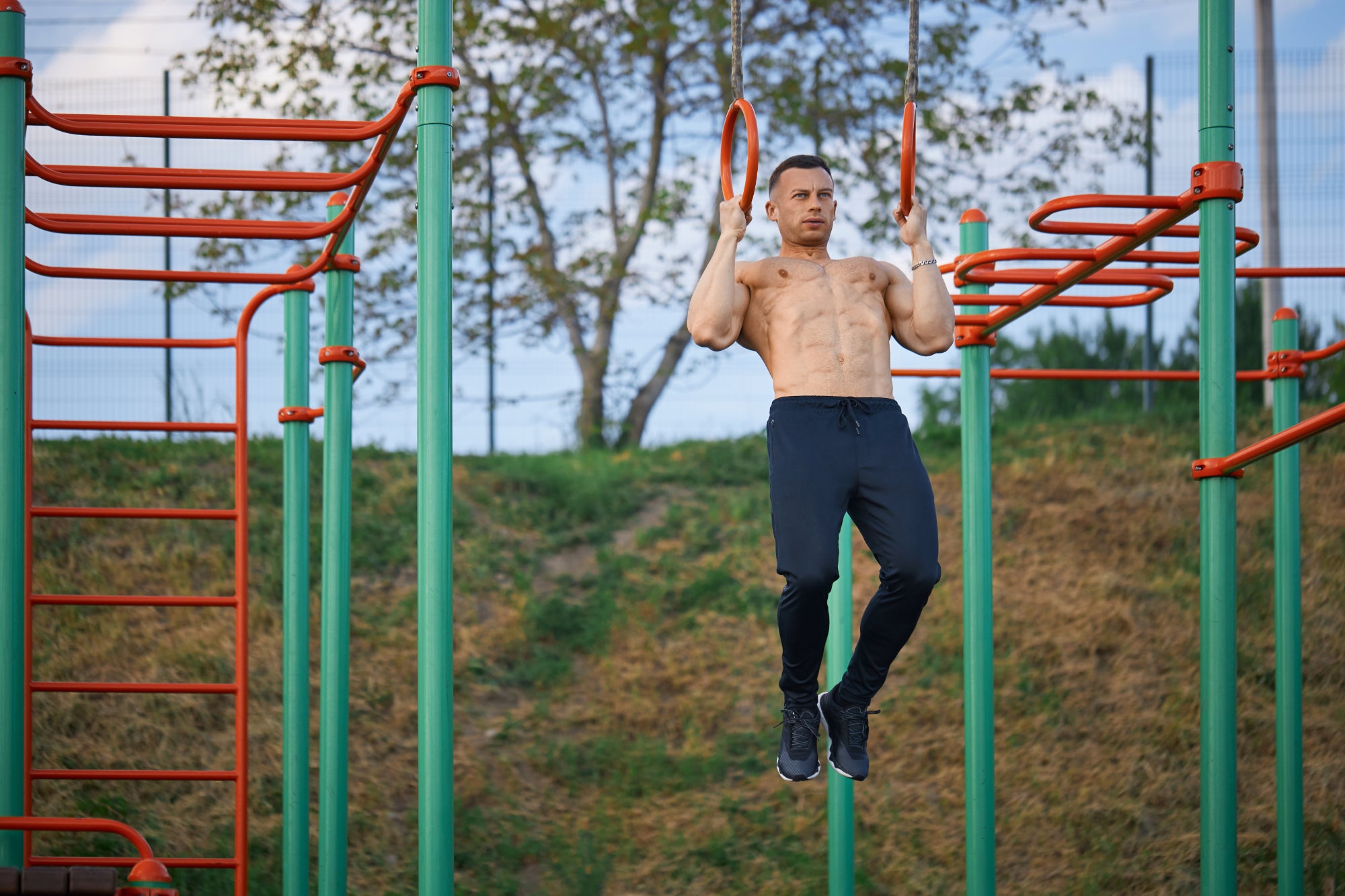
Ancient forms of training: physical culture in Russia
Ancient forms of training: physical culture in Russia
Sport and fitness formed the foundations of the USSR, what can we learn from Russia’s approach to physical culture?
The history of Russia and the Soviet Union
Writing about the physical culture of Russia isn’t straightforward, because the country we now call Russia has formerly part of the Soviet Union and USSR. The Soviet Union was a state made up of 15 republics. After its collapse in 1991, the republics became independent countries. Russia is one of these countries and was a core part of the Soviet Union (Moscow was the USSR capital).
What was the physical culture of ancient Russia
OK, history lesson over (we’ll stay in our lane!) As Russia was such an important part of the USSR, its approach to sport and fitness can be considered fundamental to physical culture in that vast part of the world.
Physical culture was a key part of Soviet culture. Before the revolution, sports were really only accessible to more privileged classes of society. The post-revolution Soviet state was keen to promote general fitness for everyone, but without the sense of competition. State funding from the new Soviet state went towards everyday functional exercise including track & field and calisthenics.
The history of calisthenics in the Soviet Union
The Soviet Union felt that healthy bodies were a symbol of disciplined, healthy minds. Sport and fitness under the Soviet Union were very much about training together to create a healthy community, rather than individuals. Outdoor group sports and workouts were a big part of the USSR.
Workouts were woven into daily life, with everyone encouraged to do short bouts of spontaneous exercise – at work, at school, on your way from A to B. Radio stations ran regular exercise broadcasts for children and pensioners. A programme called “Industrial Gymnastics” ran at all workplaces under strict instruction.
Calisthenics was a hugely important part of Russian culture, and this can be seen in modern-day Russia. Russia has a street workout culture that has produced top calisthenics athletes and gymnastics from grassroots to elite levels.
How did ancient Russia test fitness?
Under the Soviet Union, a nationwide fitness programme was rolled out from 1931 until the collapse of the USSR. It featured distance running, swimming, push ups, pull ups, rope climbing, and shot putt and was taught in schools and Universities across Russia and the Soviet Union. Versions for adults swapped out running for speed walking. The national programme prioritised functional movements, outdoor fitness, and practical exercises rather than aesthetics or muscularity.
Later on, when commercial gyms became popular in other parts of the world, Russia largely stuck with bodyweight training and calisthenics. That’s not to say you can’t go to the gym and use fixed weight resistance machines in Russia – of course you can, but it’s much less popular than in other parts of the world. Russian physical culture was built on bodyweight, calisthenics, and gymnastics. The basics still reign supreme.
Famous sports from ancient Russia
Russia in the Soviet era produced a lot of great gymnasts, weightlifter, and wrestlers. Russians were also known for track & field events, as well as some team sports like ice hockey.
But the sports most closely linked with Russia are calisthenics, gymnastics, and (these days) street workouts. This is partly because of the sociocultural history of the region, partly because of calisthenics roots, and partly down to how Russians view gymnastics quite differently to other countries.
We agree that calisthenics and bodyweight workouts should be accessible to everyone. After all, it makes sense – all you need is your own bodyweight and maybe a pull up rack, gymnastics rings, or parallettes.
If you fancy introducing a bit of Soviet spirit into your own training, check out the Gravity store for calisthenics kit then get going!












